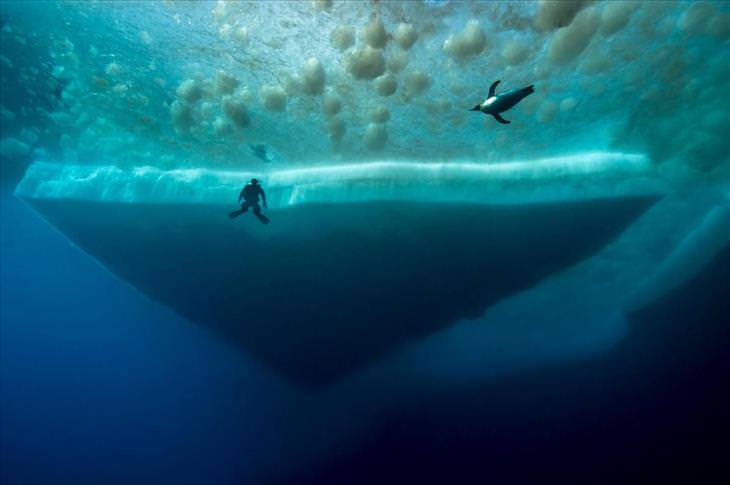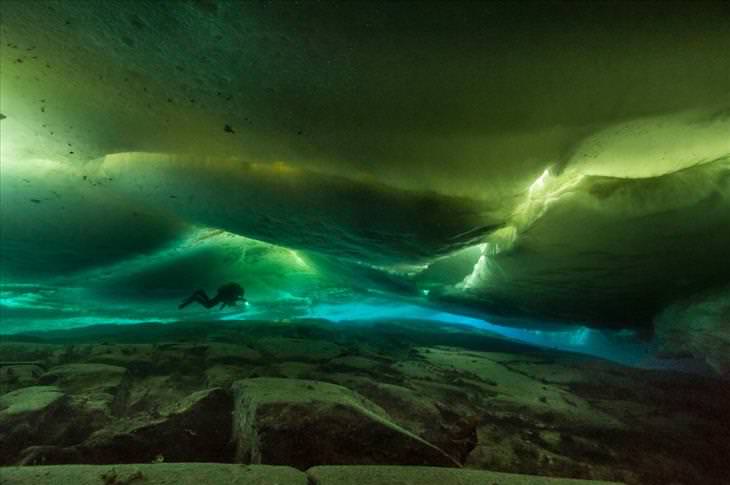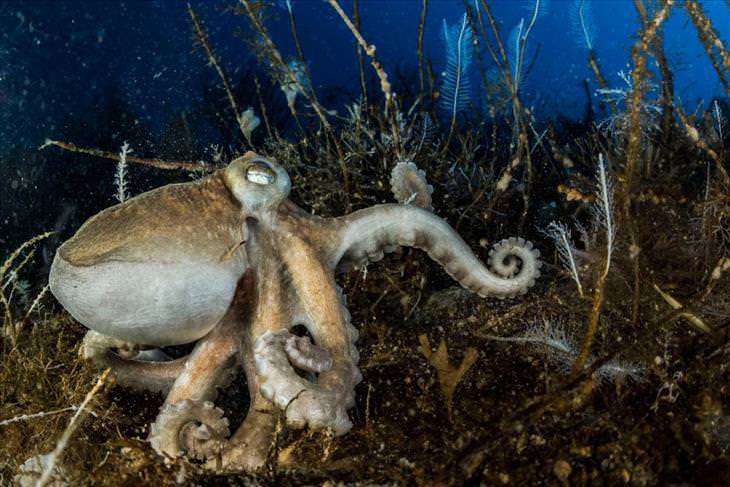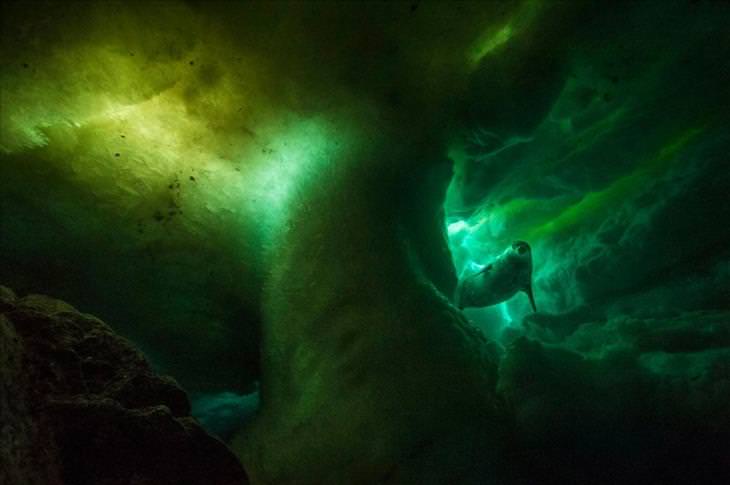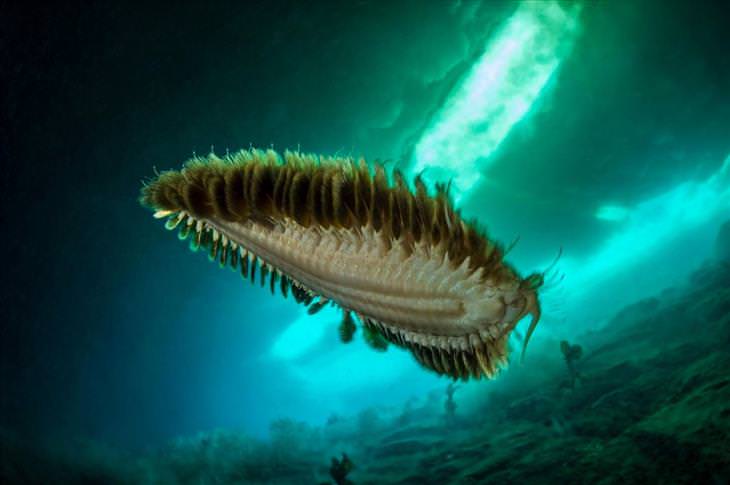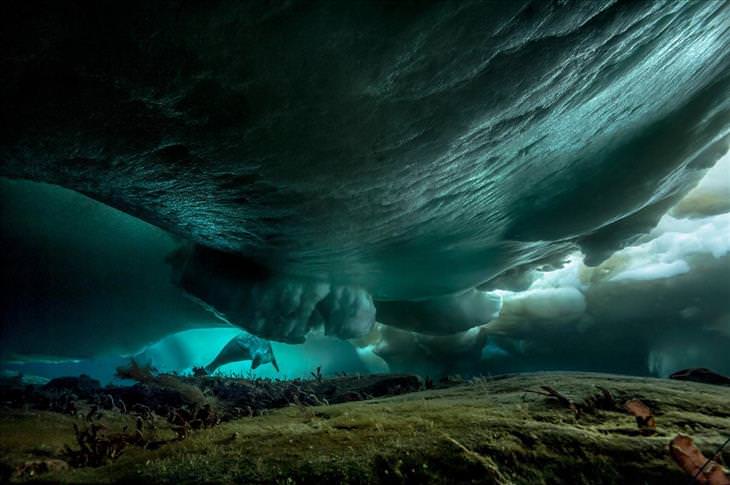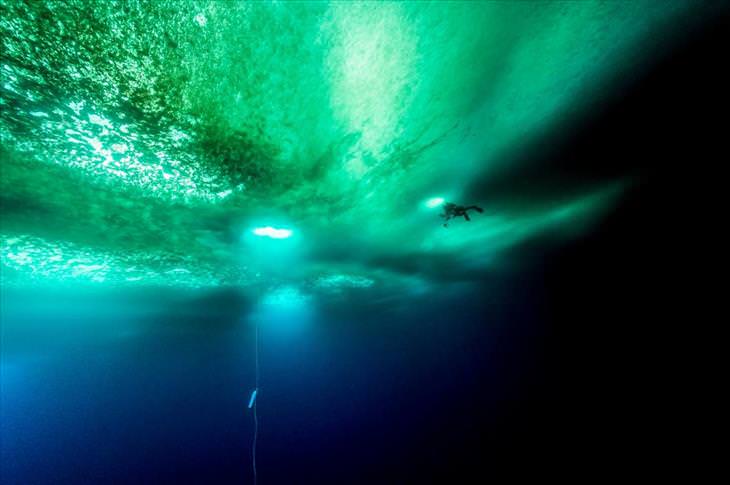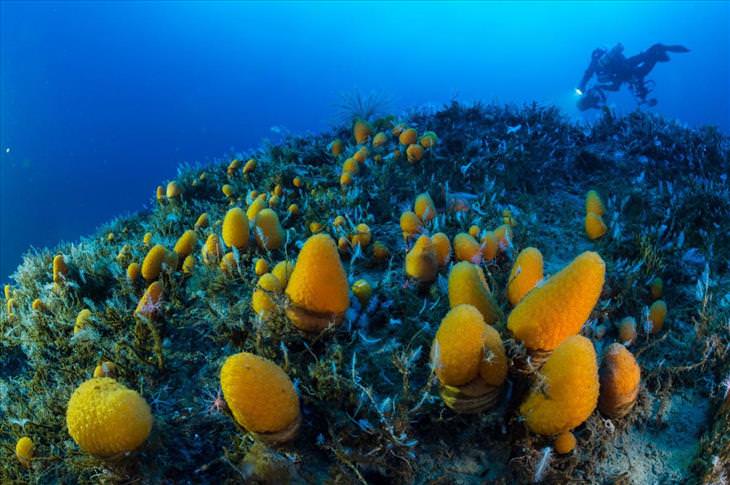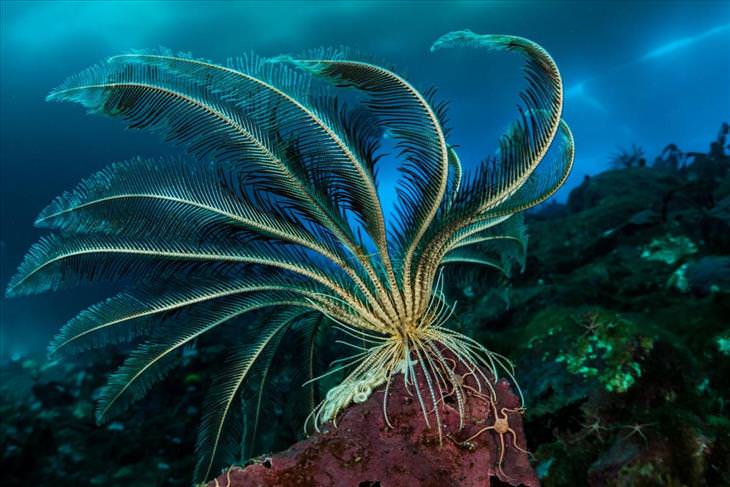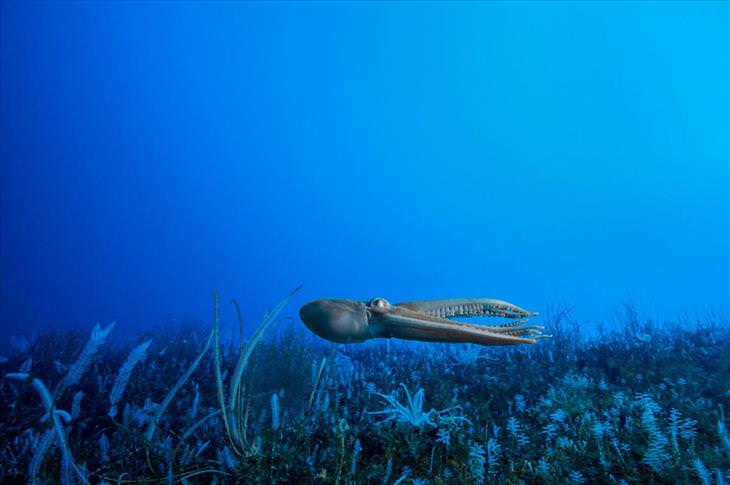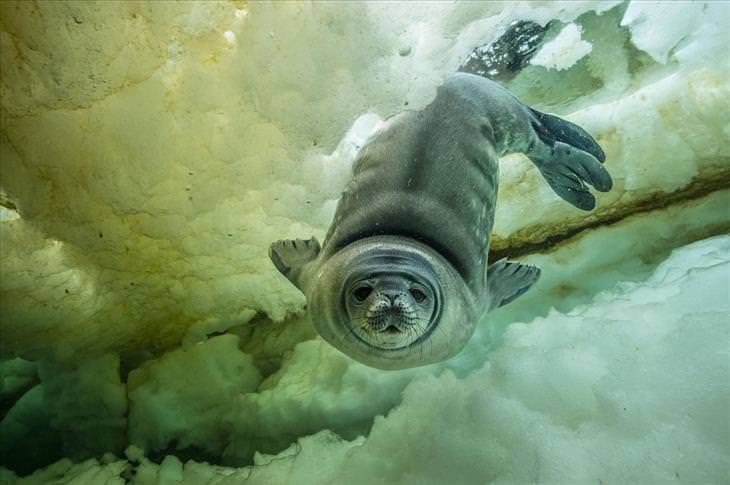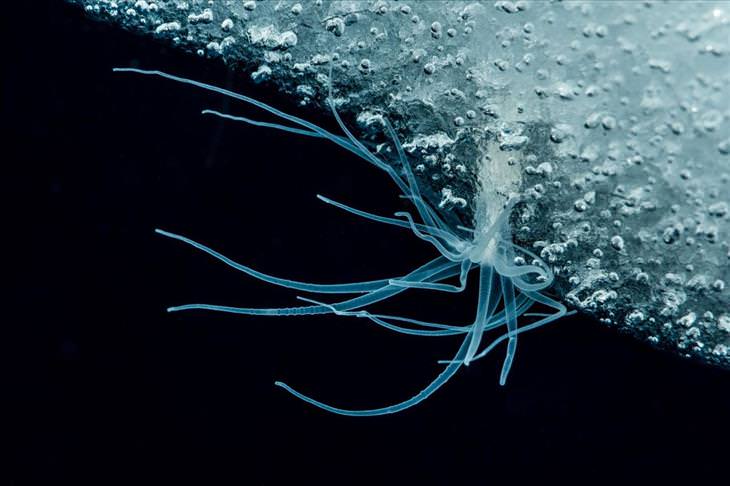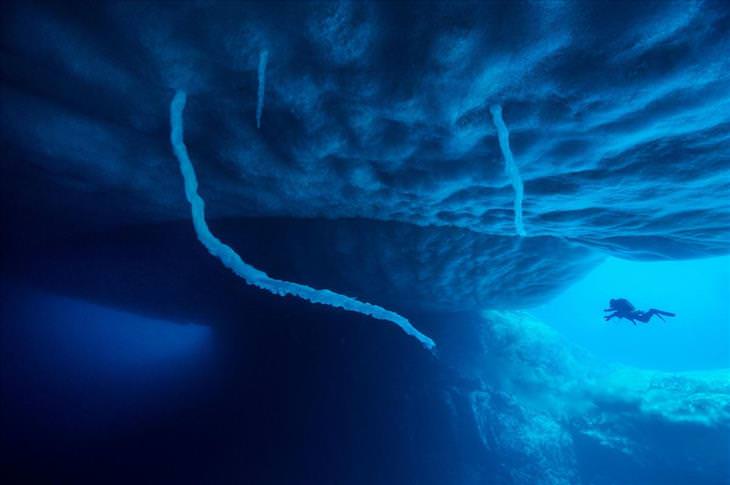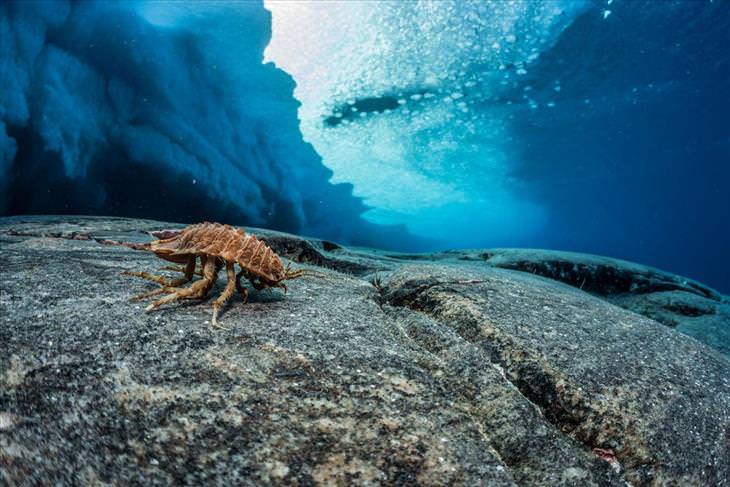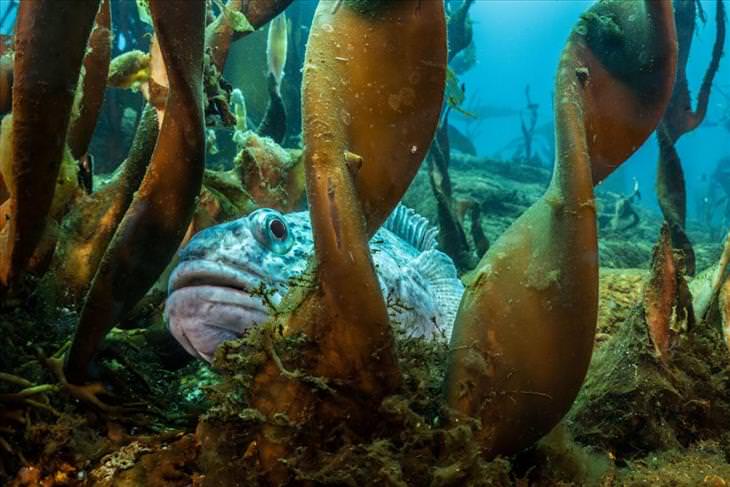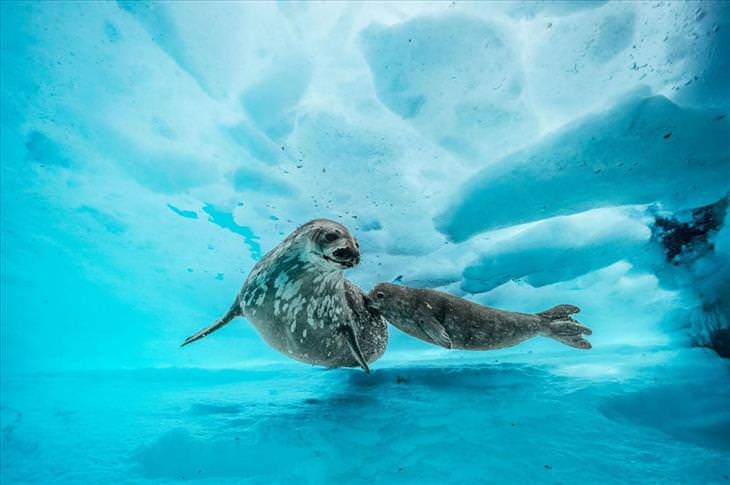

17 Beautiful Paper Cutting Illustrations of Wild Animals
Check out these incredibly realistic paper cutting illustrations of wild animals by artist Vaishali.
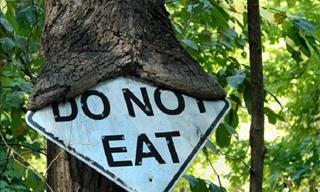
Hilarious: Nobody Tells Mother Nature What to Do!
Here are 18 ironic photos that prove that nature doesn't care about what people want!
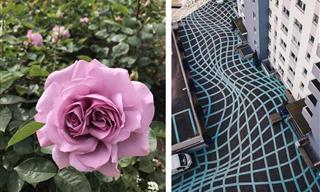
Our World is a Place of Wonder & Curiosity - 18 Photos
These photos have one common thread running through them - each one depicts poignant and fascinating moments that you wouldn’t want to miss!
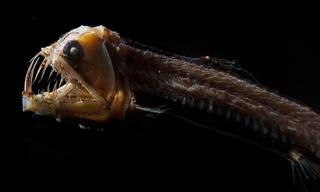
Meet 10 of Australia’s Scariest Inhabitants
Here’s proof that Australia has some of the scariest creatures.
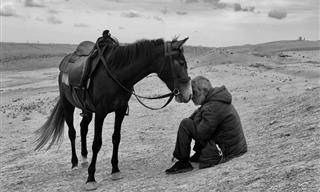
15 Amazing Winners of the 2021 iPhone Photography Awards
Take a look at some of the best winning images from this year’s iPhone Photography Awards.
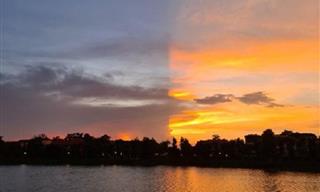
Nature Always Finds a Way – 13 Powerful Pics
Enjoy these amazing pictures showing the power and beauty of Mother Nature.

24 Facts That Help to Show Just How Weird Nature Can Be
Here are some weird and wonderful nature facts that you can amaze your friends with.
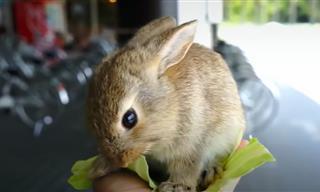 4:34
4:34
Why Is This Japanese Island Full of Rabbits?
The Japanese island of Okunoshima is inhabited almost exclusively by rabbits, but why?
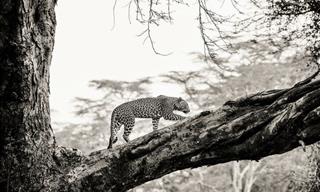
Stunning Wildlife Shots from Kenya's Wilderness
Explore the magic of Kenya's wildlife through the lens of photographer Peter Delaney.
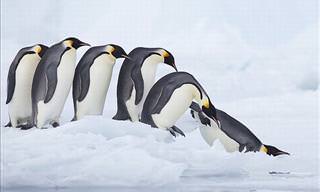
There are So Many Reasons for Us to Love Penguins
Penguins are as beautiful as they are fascinating. Here is all you need to know about these wonderful birds...
 2:28
2:28
Introducing Henry, the Oldest Crocodile in the World
Meet Henry, the world's oldest and largest Nile crocodile we know of.
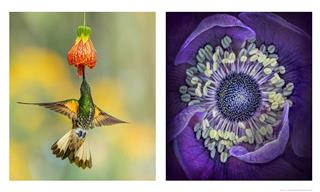
Gallery: 2024 Garden Photographer of the Year Winners
Check out the amazing winners of the 2024 Garden Photographer Of The Year Awards.
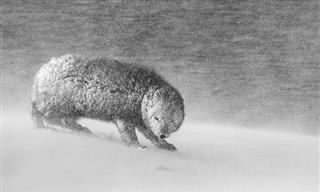
Witness the Raw Beauty of Nature in These Incredible Pics
Check out some of the best winning images from the 2020 Nature Photographer of the Year contest.
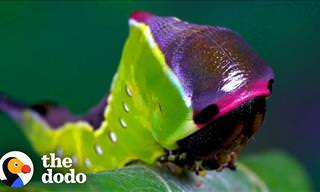 4:21
4:21
Time Lapse Video: From Cute Caterpillar to Gorgeous Moth
Timelapse video shows a caterpillar's transformation into adult moth
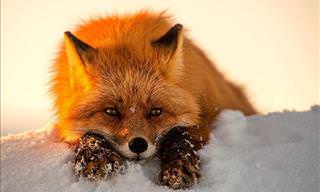
Snowy Foxes: The Sweetest Creatures You'll See This Winter
If you need a little bit of winter cheer in your days, you won't be disappointed by these sweet foxes frolicking in pure, white snow.
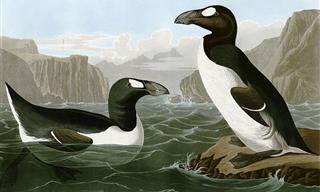
Forever Gone: 10 of the Most Beautiful Extinct Birds
Learn about some of the lesser-known yet unique and beautiful bird species that are now extinct.
 8:06
8:06
Why Elephants Are More Resilient to Cancer Than Mice
Scientists have made a curious observation - large animals, like elephants, are a lot less likely to get cancer than small ones, and this is why...

If You Want to See Some Breathtaking Beauty, Come In Here...
Check out the astonishing winning panoramic images from the 2023 EPSON International Pano Awards.
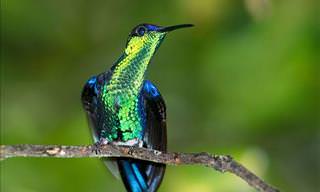
Beautiful! This Nimble Bird is a Magical Sight to Watch
Both strong and beautiful the hummingbird is a magical sight to watch. Look through this beautiful tribute to the nimble bird.
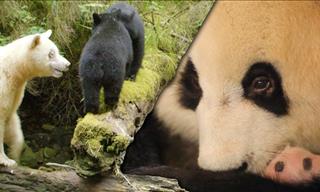 13:38
13:38
Family is the Most Important Thing For These Animals
Seeing animals caring for their family members in the wild is one of the most beautiful and inspiring things to watch.
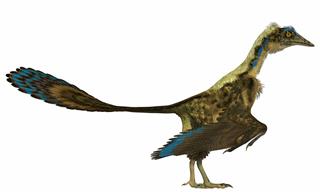 3:08
3:08
Come Meet Archaeopteryx, the Most Ancient of Birds!
In this video, we’ll explore the discovery of Archaeopteryx, its unique anatomy, and the role it plays in understanding how flight evolved.
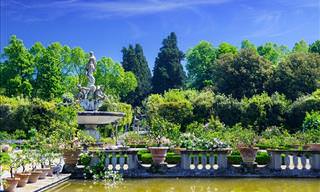
Italy Really is the Land of Magnificent Gardens!
Italy is a stunning country with an array of beautiful gardens that will simply astound you. Here are seven of them!
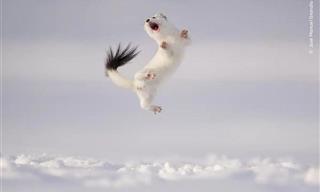
13 Mind-Blowing Wildlife Photographs from 2024
These are 13 rare, beautiful, stunning, and terrifying moments that will show you the hidden and true faces of nature...

5 Serious Medical Causes of Tunnel Vision
Tunnel vision can be a warning sign of several underlying severe health conditions ranging from eye diseases to stroke.
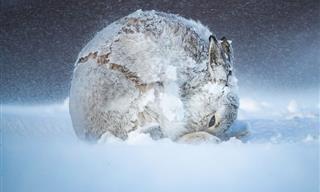
16 Award-Winning Shots That’ll Take Your Breath Away
The 2020 winners of the nature photography competition BigPicture have been announced, and they are astounding!
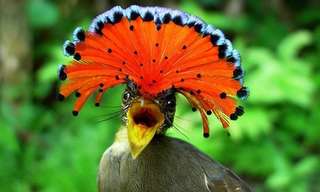
15 Bizarre Animals You Just Don't See Every Day...
There are so many odd species of animals roaming the corners of the Earth. 15 bizarre looking animals I never knew existed on the planet!

These 20 Animal Facts will Blow Your Mind
Did you know that squirrels plant trees or that oysters can change their gender? These little-known animal facts will blow your mind! I was especially impressed with no.6!
 3:13
3:13
Nature Is Amazing: African Wildlife Reveals its Beauty
Join us as we explore the beauty that is African wildlife.
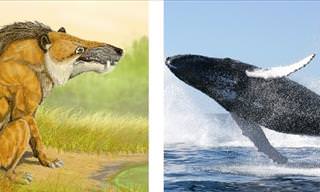
15 Animals that Have Drastically Changed Over Time
Humans are not the only ones who are constantly developing. Most of these amazing animals transformed past the point of recognition over time.
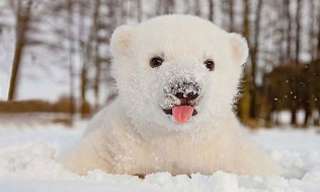
25 Cute and Curious Animals Just Discovering the Snow
25 adorable animals are experiencing the simple pleasures of playing outside in the snow for the very first time.
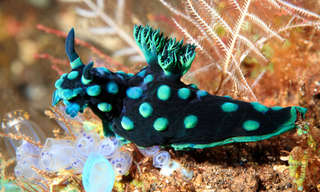
7 Sea Creatures With the Most Bizarre Super-Abilities
Some underwater animals have abilities you might find hard to believe are real.
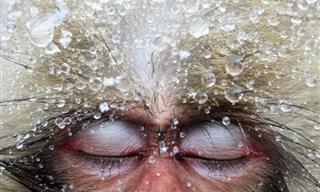
Touching Photography of Animals From All Around the World
Photographers set out to nature all over the world to show us an intimate view of animal life in the wild.
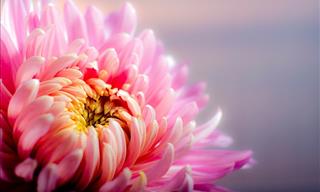
8 Flowers That Left an Indelible Mark On History
Here is a look at some interesting flowers that aren't just beautiful to look at but also influential, having left an indelible mark in history.

The Fascinating Origins of 11 Lovely Flower Names
There is no better time than spring to dive headfirst into the fascinating world of flower name etymologies! Here are the origins of the names of 11 lovely flowers.

Looked at from Up-Close, This Species is Truly Intriguing!
This talented photographer has focused on a creature most of us would never think of photographing in this way.

World's Best Animal Photos: 20 Winning Images by Agora
Check out some of the finest photographs from Agora's #Animals2020 contest that shows the beauty of wildlife from the world over.

Out of All the Chrysanthemums These Are the MOST Beautiful
Chrysanthemums are a beautiful flower, and there are so many different varieties of mums that come in all colors, sgapes and sizes
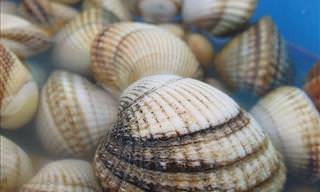
The Most Beautiful Seashells From Around the World
Every collector and beach goer in the world need this information on different seashells that are found from coast to coast.
 8:17
8:17
Feline Lesson: Do Cats Think They Own You?
Do cats think they own their owners? Watch this video to find out.
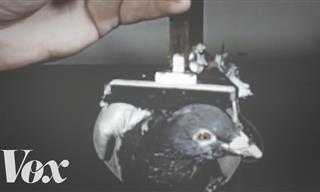 4:54
4:54
Pigeons Have Played a Massive Role in World History
Pigeons are one of the most common birds in the world, but they're utterly underrated. In fact, they have played a huge role in world history. Find out more...
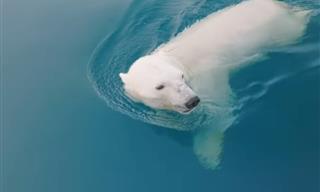 8:38
8:38
Witness the Magical Views of Norway's Northern Islands
The amazing place you are about to see in this video is Svalbard - an archipelago that is in the northernmost part of the entire kingdom of Norway.
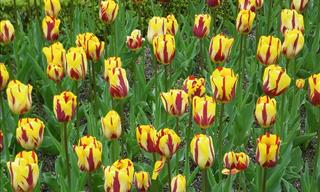
Of All Tulips In the World, These Are the Most Beautiful!
Here are 25 absolutely gorgeous varieties of Tulips, that come in a wide range of shapes and colors and brighten up every garden
 12:13
12:13
Nature Lesson: Fun Hummingbird Facts You Never Knew Before
Learn some amazingly true and little-known facts about the insect-sized hummingbirds.
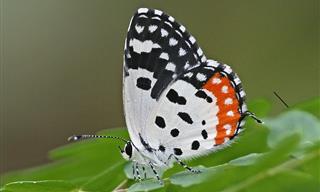
41 Butterflies You Must See Before They Disappear
Butterflies are some of the most beautiful creatures on earth, but a few species are a cut above the rest. Here are 23 stunning, beautiful and rare butterflies.
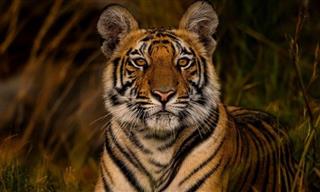
15 Stunning Photos of the World's Largest Feline
15 photographs that prove once again the splendor and majesty of the Asian tiger.

Beautiful: How Your Dog Sees You Vs. How You See Yourself
Although we can feel down in the dumps about ourselves sometimes, our dogs will always keep their faith in us and see us as their heroes.
 2:28
2:28
Introducing Henry, the Oldest Crocodile in the World
Meet Henry, the world's oldest and largest Nile crocodile we know of.

Gallery: 2024 Garden Photographer of the Year Winners
Check out the amazing winners of the 2024 Garden Photographer Of The Year Awards.

Witness the Raw Beauty of Nature in These Incredible Pics
Check out some of the best winning images from the 2020 Nature Photographer of the Year contest.
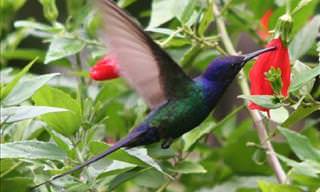
There is So Much Wildlife to See in the Amazon Forest
Let's visit one of the wildest places on earth, full of color and sound.

16 Award-Winning Photos That Capture Birds in Action
Check out the outstanding winners from the SINWP Bird Photographer of the Year 2024 competition.
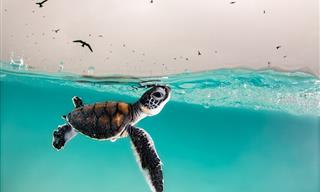
The Very Best of Undersea Photography – 15 Beautiful Pics
Check out the amazing winners of the 2021 Ocean Photography Awards.
To enable your Ad-Free Subscription, please fill the fields below
Your subscription was successful, now you can enjoy an ad-free experience!!
Note: To make sure you get no ads, please make sure to log in to your account. If you are logged in already, then refresh the page. The subscription can be cancelled at any time.



